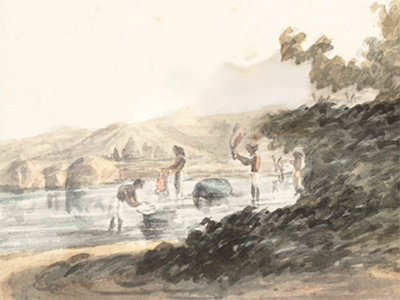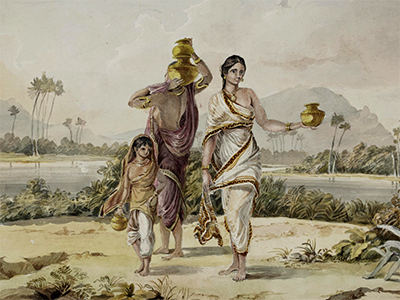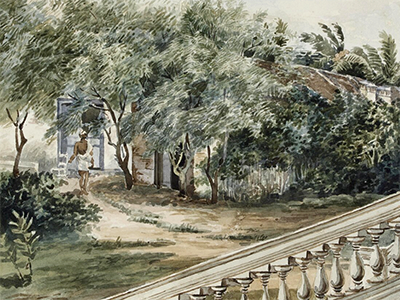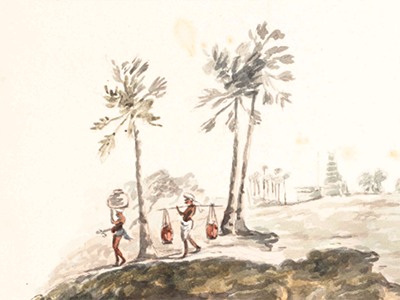Toolika Gupta
Toolika Gupta
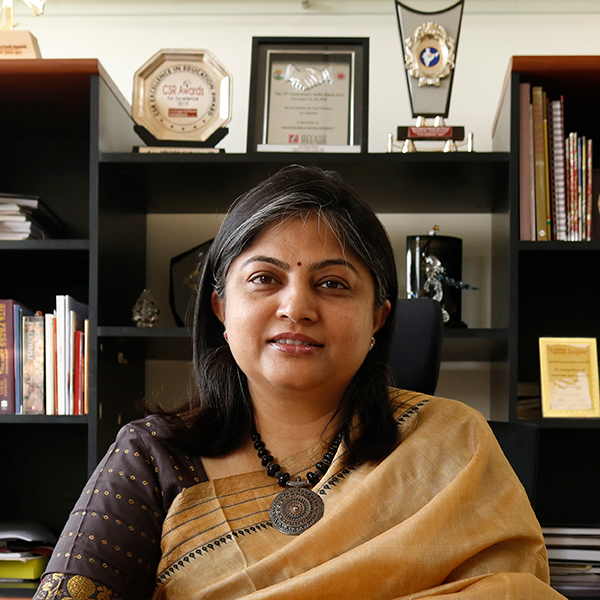
Toolika Gupta is a researcher and an educator in the field of clothing, textiles, crafts and design and, since April 2017, the Director of the Indian Institute of Crafts and Design, Jaipur. Dr Gupta has a PhD in History of Arts (Dress and Textiles) from the University of Glasgow, UK; M.Sc. in Textiles and Clothing from Lady Irwin College, New Delhi, India; and has been associated as a PhD fellow with the Centre for Textile Research, Copenhagen, Denmark. Realizing the need for promotion of indigenous research and for bringing it closer to interested people, she along with many like-minded people, set up the Textiles and Clothing Research Centre (TCRC) in New Delhi in 2016. She is currently the secretary of TCRC. Dr Gupta has also been nominated as the member of the Confederation of Indian Industry’s National Committee on Design, 2019 and 2020.
Reading the Letters
When I travelled to America in 1997, the internet was not such a common thing and I did not have an email id, nor did my family and friends. So I would send letters home to my grandmother, my parents and friends, explaining things in detail, explaining my daily routine, the people I met and the things that fascinated me. Thus when I read the letters written by the Gwillim sisters, I could see the urge to send information to people back home. To request for things and to send things, that one would think that the relatives and friends would be happy to receive.
Similarly, having known India from foreign eyes, Gwillim archives mean a lot to me with the kind of information they hold. I find this 200 year old information very useful. Being a textile and clothing researcher and historian, I find them loaded with description, because they were meant to do exactly that. I look at these letters as sources of information on India, by the sisters’ perspective. These letters were meant for those, who had not visited India and thus they were written in such a detail so as to make meaning for those who did not know the scenes and people here. The Gwillim letters helped to reinforce certain facts about clothing and give us glimpses into the time period, where Indian textiles were sought after. It is really amusing to note that they loved to send Indian shawls and other textiles abroad but preferred to get British textiles to make their own clothes. What is even more useful is the description of clothes, food, habits of people, festivals and celebrations. For example, even the currency I notice is called pagoda, something that I did not know and I can assure that many like me do not know.
There is one letter which is written as if written by an Indian servant. Which is interesting. I am not sure if I can see the Indian voices here. Because this is recorded by the sisters, so it is natural to hear the sisters’ voices here. What the Indians would have thought or felt, one can only imagine. Also there was not one identity of ‘Indian voices’, the rajas had theirs, the peasants had theirs too. The men had theirs and women theirs. So for me these are fascinating sources of information on India, on what the British thought about India, on what the British did in India and also on how they adapted to an Indian lifestyle.
I love all the pictures that they have painted. I enjoy looking at the clothes painted by them.
I am impressed by their huge talent to paint and I only think how hard it must have been to capture the birds and paint them.. they fly away when we take a picture with the camera today. So to identify birds, kill them, stuff them and then to paint them, must have been quite a task.
Listen to Dr Gupta speak about her experience with the Gwillim Archives in Podcast Episode 2.

